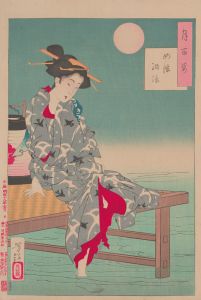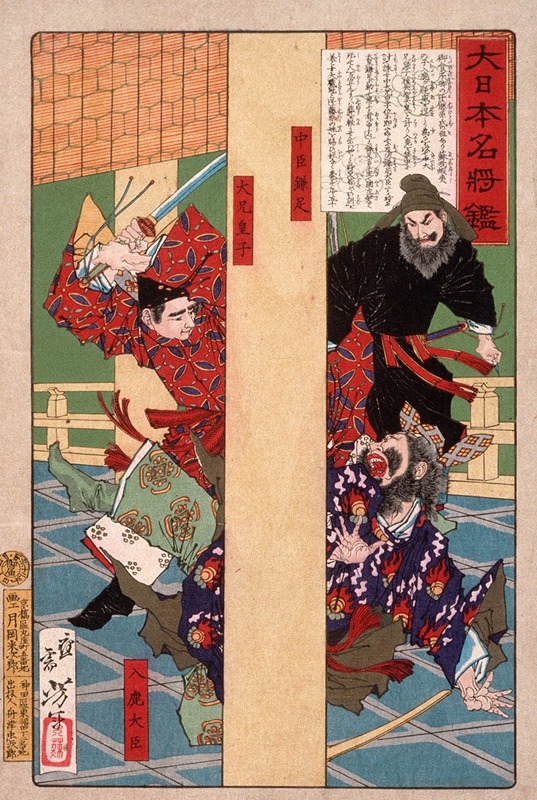
Nakatomi Kamatari and Prince Ōe Killing the Usurper Iruka
A hand-painted replica of Tsukioka Yoshitoshi’s masterpiece Nakatomi Kamatari and Prince Ōe Killing the Usurper Iruka, meticulously crafted by professional artists to capture the true essence of the original. Each piece is created with museum-quality canvas and rare mineral pigments, carefully painted by experienced artists with delicate brushstrokes and rich, layered colors to perfectly recreate the texture of the original artwork. Unlike machine-printed reproductions, this hand-painted version brings the painting to life, infused with the artist’s emotions and skill in every stroke. Whether for personal collection or home decoration, it instantly elevates the artistic atmosphere of any space.
Tsukioka Yoshitoshi was a renowned Japanese artist known for his woodblock prints and paintings, particularly during the late Edo and early Meiji periods. One of his notable works is "Nakatomi Kamatari and Prince Ōe Killing the Usurper Iruka," which captures a significant historical event from Japanese history.
The artwork depicts a dramatic scene from the Asuka period, specifically the assassination of Soga no Iruka, a powerful statesman of the Soga clan. The Soga clan held significant power in the Japanese court during the 6th and 7th centuries, often overshadowing the imperial family. Their influence peaked under Soga no Iruka, whose ambition and authority were seen as a threat to the imperial lineage.
The assassination took place in 645 AD, during a coup known as the Isshi Incident. The plot was orchestrated by Nakatomi no Kamatari and Prince Naka no Ōe, who later became Emperor Tenji. Kamatari, a member of the influential Nakatomi clan, was a key figure in the political landscape of the time and played a crucial role in the eventual establishment of the Fujiwara clan, one of the most powerful families in Japanese history.
The assassination was a pivotal moment in Japanese history, leading to the Taika Reform, which aimed to centralize and strengthen imperial power. The reforms included the redistribution of land, the establishment of a more structured government, and the introduction of a new tax system. These changes were instrumental in shaping the future of Japan's political and social structure.
Yoshitoshi's depiction of this event is notable for its dynamic composition and vivid detail, characteristic of his style. His work often explored themes of history, folklore, and the supernatural, and he was known for his ability to convey emotion and movement through his prints. In this particular piece, the tension and urgency of the assassination are palpable, capturing the viewer's attention and drawing them into the historical narrative.
The artwork is part of Yoshitoshi's larger body of work that reflects his interest in historical and legendary subjects. His prints often served as a bridge between traditional Japanese art and the influences of Western art that were becoming more prevalent during his lifetime. Yoshitoshi's contributions to the art world were significant, and his works remain highly regarded for their technical skill and storytelling ability.
Overall, "Nakatomi Kamatari and Prince Ōe Killing the Usurper Iruka" is a testament to Yoshitoshi's mastery of the woodblock print medium and his ability to bring historical events to life. Through his art, Yoshitoshi not only preserved important moments from Japan's past but also provided a window into the cultural and political dynamics of his time.





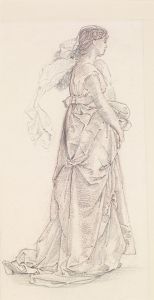
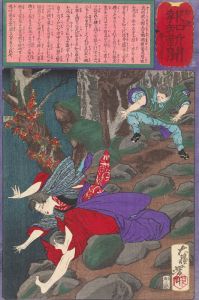
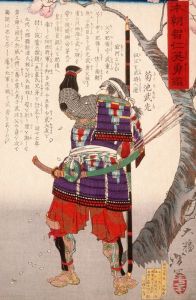
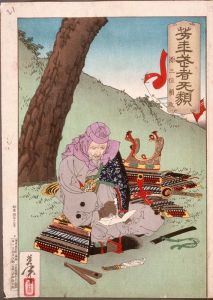
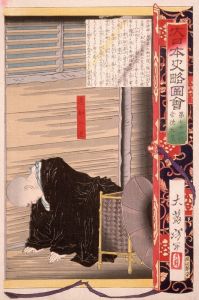
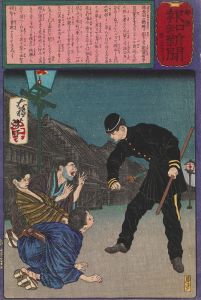
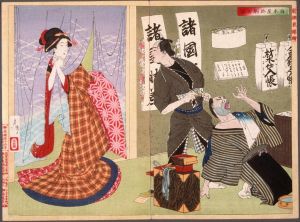
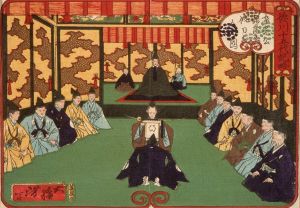
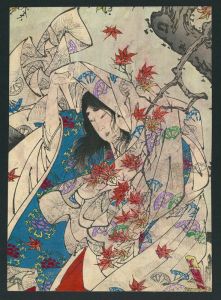
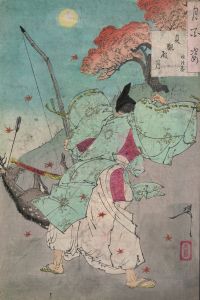
![Musha]taira no tomomori](/imgs/225657/s/tsukioka-yoshitoshi-mushataira-no-tomomori-bb591b96.jpg)

